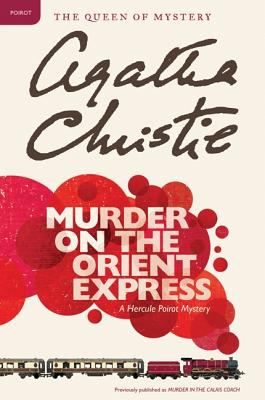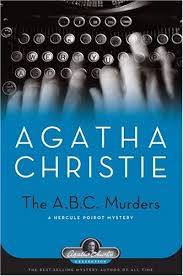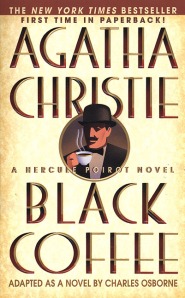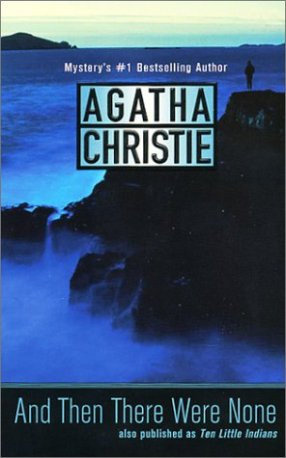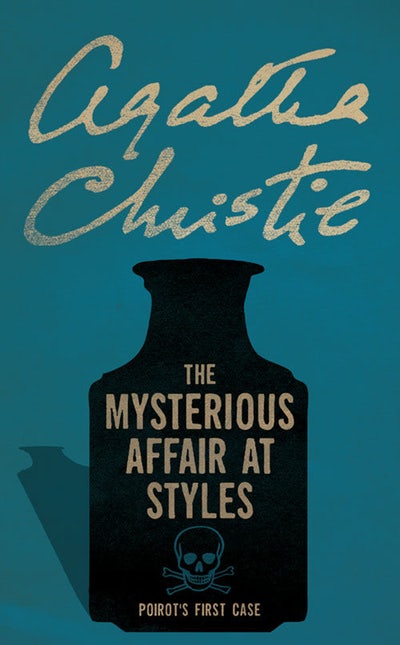
For fans of Agatha Christie, Hercule Poirot is a familiar name. Somewhere between Sherlock Holmes and Jacques Clouseau comes Poirot, a brilliant old Belgian man with a ridiculous accent and a fabulous mustache. The Mysterious Affair at Styles was Agatha Christie’s first published book, and the one that introduced Poirot.
It’s the height of World War I, in England. The owner of Styles Court, Emily Inglethorp, has died. Unfortunately for the guests in her home, it appears she died of strychnine poisoning, and it seems everyone at the house had a reason to want her dead. After being invited to make a preliminary investigation, Belgian refugee Hercule Poirot questions the guests and makes a search of the manor, finding more and more evidence pointing—well, all over the place, frankly.
This is a classic detective novel, by the queen of mystery, Agatha Christie. It’s not the best Christie I’ve read, admittedly. Although, it’s the first one she wrote, so that just means she got better with time. Still worth the read, though—and Poirot is delightfully entertaining. ♦
